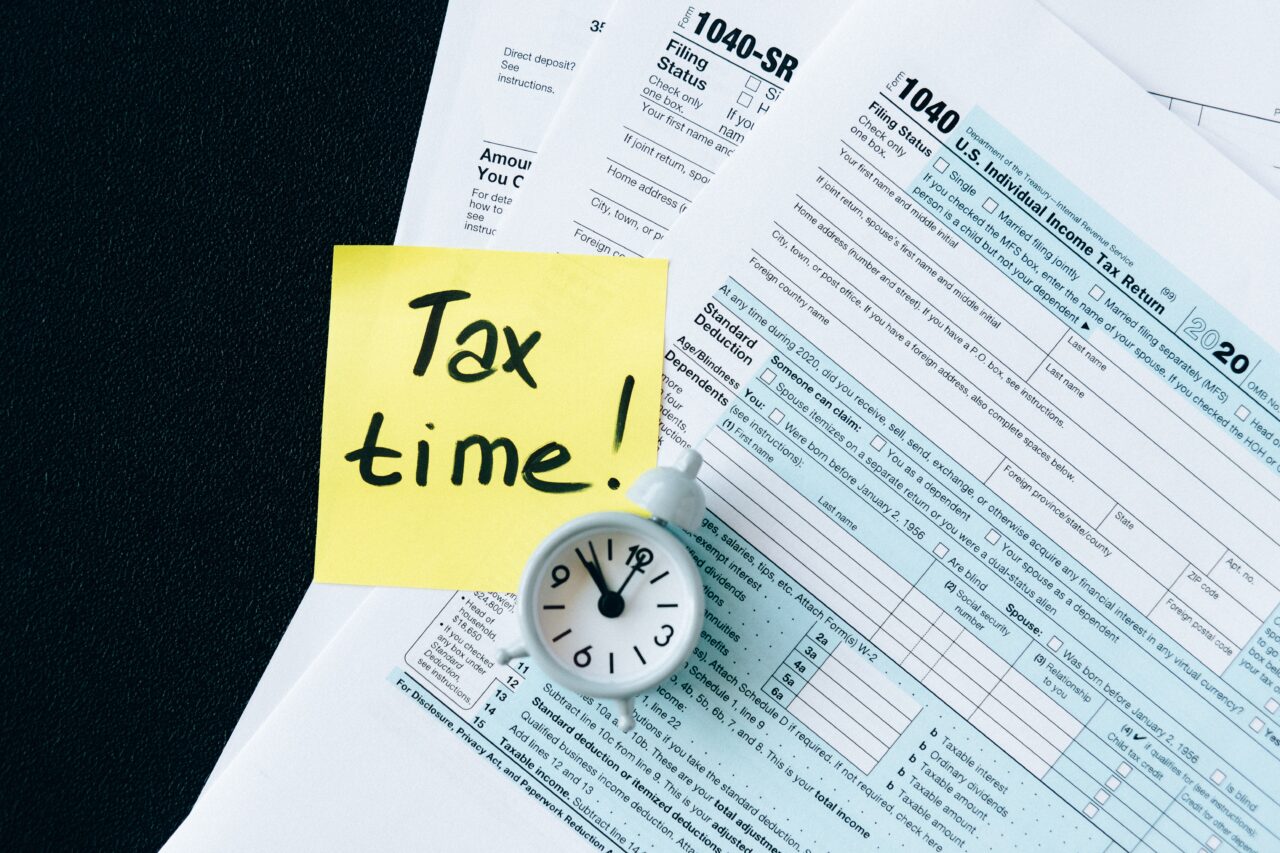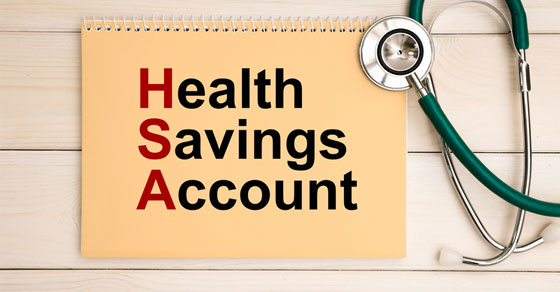There’s a valuable tax deduction available to a C corporation when it receives dividends. The “dividends-received deduction” is designed to reduce or eliminate an extra level of tax on dividends received by a corporation. As a result, a corporation will typically be taxed at a lower rate on dividends than on capital gains.
Ordinarily, the deduction is 50% of the dividend, with the result that only 50% of the dividend received is effectively subject to tax. For example, if your corporation receives a $1,000 dividend, it includes $1,000 in income, but after the $500 dividends-received deduction, its taxable income from the dividend is only $500.
The deductible percentage of a dividend will increase to 65% of the dividend if your corporation owns 20% or more (by vote and value) of the payor’s stock. If the payor is a member of an affiliated group (based on an 80% ownership test), dividends from another group member are 100% deductible. (If one or more members of the group is subject to foreign taxes, a special rule requiring consistency of the treatment of foreign taxes applies.) In applying the 20% and 80% ownership percentages, preferred stock isn’t counted if it’s limited and preferred as to dividends, doesn’t participate in corporate growth to a significant extent, isn’t convertible and has limited redemption and liquidation rights.
If a dividend on stock that hasn’t been held for more than two years is an “extraordinary dividend,” the basis of the stock on which the dividend is paid is reduced by the amount that effectively goes untaxed because of the dividends-received deduction. If the reduction exceeds the basis of the stock, gain is recognized. (A dividend paid on common stock will be an extraordinary dividend if it exceeds 10% of the stock’s basis, treating dividends with ex-dividend dates within the same 85-day period as one.)
Holding period requirement
The dividends-received deduction is only available if the recipient satisfies a minimum holding period requirement. In general, this requires the recipient to own the stock for at least 46 days during the 91-day period beginning 45 days before the ex-dividend date. For dividends on preferred stock attributable to a period of more than 366 days, the required holding period is extended to 91 days during the 181-day period beginning 90 days before the ex-dividend date. Under certain circumstances, periods during which the taxpayer has hedged its risk of loss on the stock are not counted.
Taxable income limitation
The dividends-received deduction is limited to a certain percentage of income. If your corporation owns less than 20% of the paying corporation, the deduction is limited to 50% of your corporation’s taxable income (modified to exclude certain items). However, if allowing the full (50%) dividends-received deduction without the taxable income limitation would result in (or increase) a net operating loss deduction for the year, the limitation doesn’t apply.
Illustrative example
Let’s say your corporation receives $50,000 in dividends from a less-than-20% owned corporation and has a $10,000 loss from its regular operations. If there were no loss, the dividends-received deduction would be $25,000 (50% of $50,000). However, since taxable income used in computing the dividends-received deduction is $40,000, the deduction is limited to $20,000 (50% of $40,000).
Other rules apply if the dividend payor is a foreign corporation. Contact us if you’d like to discuss how to take advantage of this deduction.









